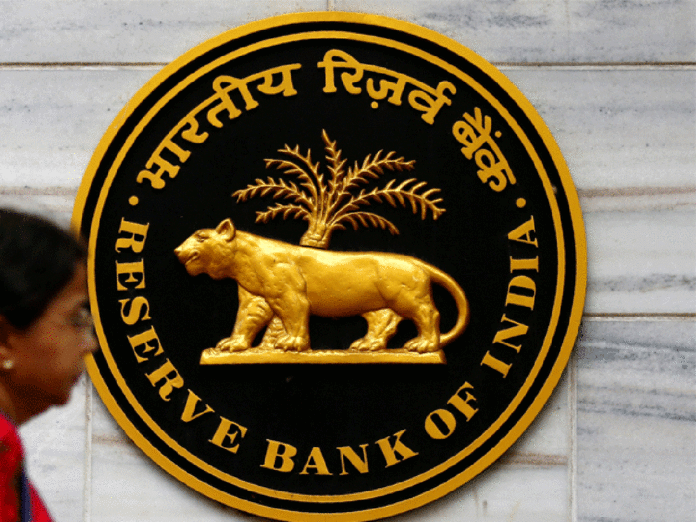According to RBI’s first-ever published nowcast, India’s economy probably shrank for a second straight quarter pushing the country into an unprecedented recession. The report was made by a team of economists including Michael Patra, the central bank’s deputy governor in charge of monetary policy.
RBI report is an estimate based on high-frequency data.
The Reserve Bank of India shows that the GDP contracted 8.6% in the quarter ended in September. The economy had slumped about 24% in April to June.
The economy in Recovery and $5 trillion economy
RBI’s report is in direct contrast to PM Modi and Nirmala Sitharaman’s grand assurances that the economy is in recovery despite the pandemic.
Just 5 days ago, Prime Minister Narendra Modi while addressing a virtual global investor round table said that India’s economy has been stable and all sectors are now looking up. One understands the positive pitch that needs to be made while inviting investors but PM Modi and his government have been in denial about the state of the economy that is in free fall since the implementation of its disastrous demonetisation policies that have destroyed small and medium business and the unorganised sector.
In an interview with Economics Times, Prime Minister Narendra Modi believes India can still achieve $5 trillion economy target by 2024 despite Covid-19. In the interview, he said that he will continue with the reforms in labour and agriculture that his government is pushing aggressively.
Uncertain Times due to Pandemic and Loss of Jobs
“India has entered a technical recession in the first half of 2020-21 for the first time in its history,” the authors wrote. The government is due to publish official statistics on Nov. 27. The median forecast in a Bloomberg survey of economists sees a contraction of 10.4% in the July-September quarter.
The reduced expenditure due to the uncertainty caused by the loss of jobs is also a major concern. Consumers cut back on spending as millions lost their jobs, preferring instead to squirrel away cash. This trend could spill over in the financial sector.
Preliminary estimates presented in the central bank’s bulletin showed a jump in household financial savings to 21.4% of GDP in April-June, up from 7.9% in the same period a year ago and 10% in January-March. The bulk of these savings are bank deposits.
However, “there is a grave risk of generalization of price pressures, unanchoring of inflation expectations feeding into a loss of credibility in policy interventions,” the team of economists wrote in the RBI ‘s bulletin.
The Reserve Bank’s number is buoyed by cost cuts at companies, which boosted operating profits even as sales dipped. The team of authors also used a range of indicators from vehicle sales to flush banking liquidity to signal brightening prospects for October. If this upturn is sustained, the Indian economy will return to growth in the October-December quarter, earlier than projected by Governor Shaktikanta Das last month, when he pledged to keep monetary policy accommodative.
They also highlighted risks to global growth from the second wave of coronavirus infections. The economists concluded by saying- “We live in challenging times.






























